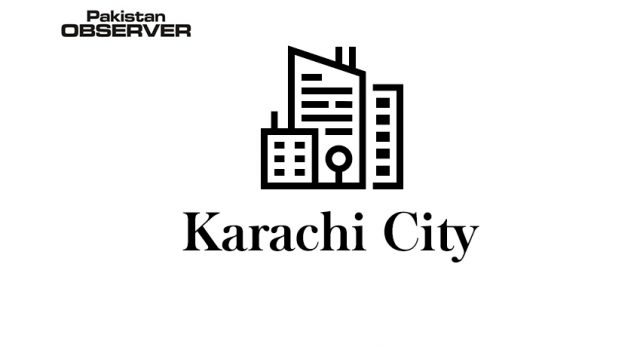Staff Reporter
“A child who is deaf-blind has a unique experience of the world. Deaf-blind people need respect and care from society. Signing is essentially visual and was originally designed for use with hearing-impaired individuals as a mode of self-expression. Frequent high-quality communication will help advance his or her healthy development. The study reveals that the introduction of a manual system for blind children can be a mode that may be worthy of consideration.”
Ms. Shelina Mitha, Speech and Language Therapist, UK, expressed these views while delivering a lecture on “Using Manual Signing with a NON-Speaking Child with Congenital Blindness” at the public awareness seminar held at the Prof. Salimuzzaman Siddiqui Auditorium, organized by Dr. Panjwani Center for Molecular Medicine and Drug Research (PCMD), University of Karachi on Wednesday.
Largely health professionals, students, research scholars, NGO representatives, and the general public attended the seminar, which was jointly organized by Dr. Panjwani Center and Virtual Education Project Pakistan (VEPP).
Talking about Makaton, Ms. Mitha said that Makaton was another visual language using signs and symbols. It is designed to support spoken language and the signs and symbols are used with speech, in spoken word order, she said and added that it was often used with children and adults with learning disabilities as a simplified and accessible signed communication.
Referring to her study, she said that her study aimed to examine in detail how a normally-hearing child blind from birth used Makaton signing within a milieu of total communication. The pattern of interaction with his communication partners was analyzed in terms of the frequency of their moves and functions and the child‘s modes, she said, adding that transcripts of excerpts of interactions were also examined.






